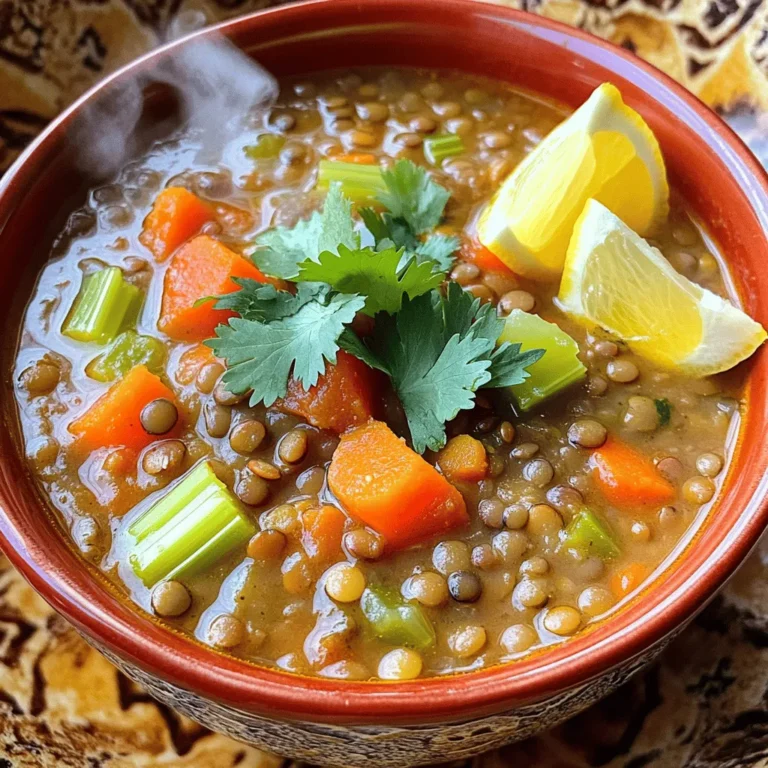Sheet-Pan Lemon Dill Cod Veggies Fresh and Flavorful
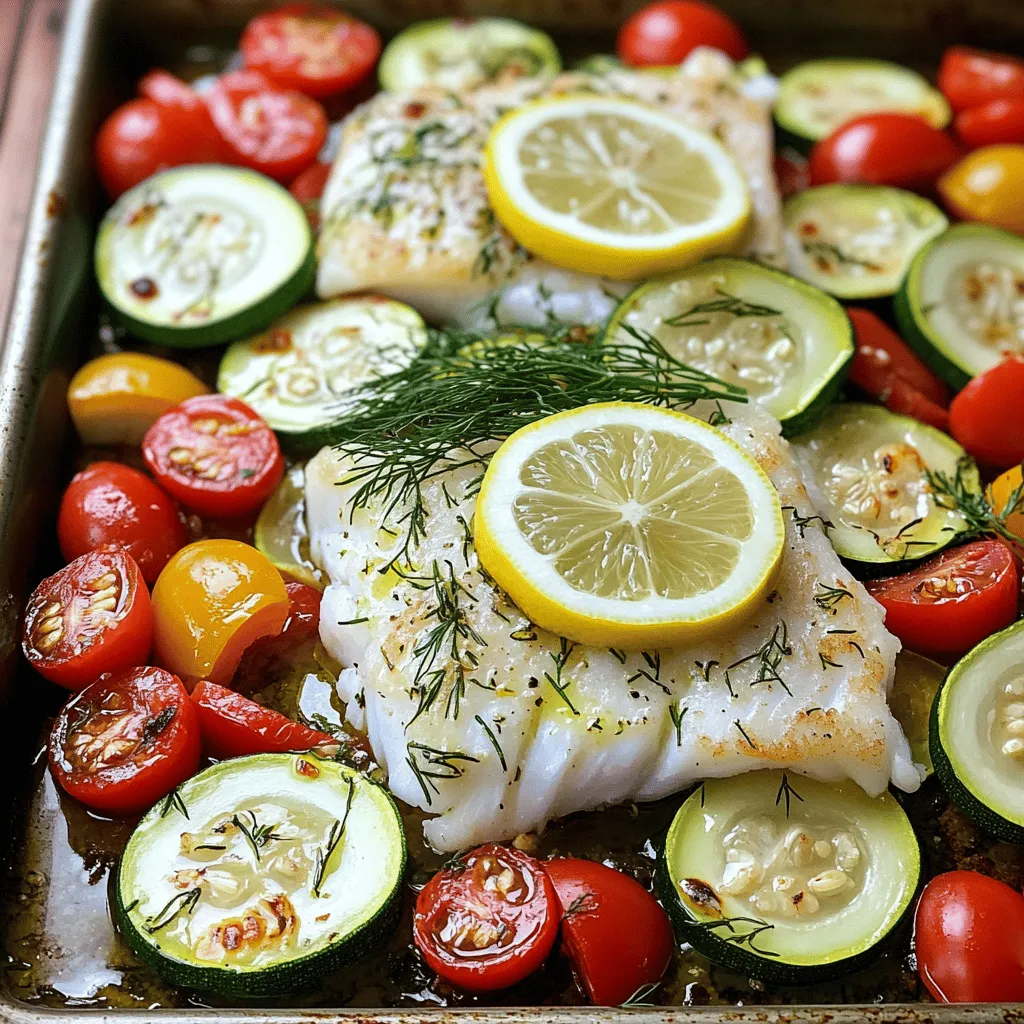
Ready to enjoy a fresh and tasty meal? My Sheet-Pan Lemon Dill Cod Veggies recipe combines tender cod and colorful veggies for a burst of flavor. With simple ingredients and easy steps, you’ll whip up this dish in no time. Let me guide you through creating a healthy dinner that’s perfect for any night of the week. Trust me, your taste buds will thank you!
Ingredients
Main Ingredients for Sheet-Pan Lemon Dill Cod
- 4 cod fillets (approximately 6 oz each)
- 2 medium zucchinis, cut into half-moon slices
- 1 red bell pepper, sliced into thin strips
- 1 cup cherry tomatoes, halved
- 3 tablespoons olive oil
- 2 lemons (one juiced and the other cut into thin slices)
- 3 cloves garlic, finely minced
- 2 tablespoons fresh dill, chopped (or 1 tablespoon dried dill)
- Salt and freshly ground black pepper, to taste
The main ingredients create a bright and fresh dish. Cod fillets are the star. They offer a mild taste and tender texture. The zucchinis, red bell pepper, and cherry tomatoes add color and crunch. I love how the veggies soak up the lemon and dill flavors. Olive oil makes everything smooth and rich. The garlic gives a nice kick, while the lemon brightens the dish. Fresh dill adds a unique taste, making this meal feel special.
Optional Ingredients for Added Flavor
- 1 teaspoon paprika for an extra flavor boost
- Additional herbs or spices
Adding paprika to the mix brings warmth and depth. You can also use other herbs or spices. Each choice can change the dish’s flavor profile. Try using thyme or oregano for a twist. These extras make it fun to experiment and create your own version.
Step-by-Step Instructions
Preparation Steps
- Preheat your oven to 400°F (200°C). This heat helps cook the cod perfectly.
- Slice the zucchinis into half-moon shapes. Cut the red bell pepper into thin strips. Halve the cherry tomatoes. Arrange all of these on a large sheet pan. This creates a colorful base for your dish.
Marinating the Cod and Veggies
- In a small bowl, mix together 3 tablespoons of olive oil, the juice of one lemon, 3 minced garlic cloves, and 2 tablespoons of chopped dill. Add salt, pepper, and paprika if you want extra flavor. This marinade really brings out the taste of the cod and veggies.
- Drizzle half of this mixture over your arranged vegetables. Toss them well using your hands or a spatula. You want them fully coated for great flavor.
Combining and Roasting
- Push the veggies to the edges of the pan. Make a space in the center for the cod.
- Place 4 cod fillets in that center space. Brush the remaining marinade over each fillet. Top them with a few lemon slices for added zest.
- Roast in your preheated oven for about 15 to 20 minutes. The cod should become flaky and opaque while the veggies turn tender yet still crisp. This timing ensures a tasty and vibrant meal.
Tips & Tricks
Cooking Tips for Perfect Cod
- Maintaining moisture: To keep your cod juicy, use olive oil. Coat the fillets well before roasting. The marinade adds flavor and helps seal in moisture.
- Knowing when the cod is done: Cod is ready when it flakes easily with a fork. It should look opaque and white, not translucent. Cooking time is about 15-20 minutes at 400°F.
Vegetable Cooking Tips
- Choosing the right veggies: Pick fresh, vibrant vegetables. Zucchini, red bell pepper, and cherry tomatoes work well. They cook nicely together and add color.
- How to cut vegetables effectively: Cut zucchini into half-moons for even cooking. Slice bell peppers into thin strips to help them roast fast. Halving cherry tomatoes allows them to burst and add sweetness.
Serving Suggestions
- Presentation ideas: For a lovely display, serve the dish right from the sheet pan. You can also transfer it to a large platter. Add a sprinkle of fresh dill and lemon wedges on top.
- Pairing with side dishes: This dish pairs well with a light salad or quinoa. The fresh flavors of lemon and dill complement many sides nicely.

Variations
Ingredient Substitutions
You can switch proteins in this dish. Salmon works great as a substitute for cod. Chicken breasts also fit well with the lemon and dill flavors. Each option brings its own taste and texture.
For vegetables, feel free to get creative. Try asparagus, broccoli, or carrots. Each adds a different crunch and color. Mix and match your favorites to keep this meal fresh and fun!
Flavor Enhancements
Want to spice things up? Add different herbs like thyme or basil. Each herb brings a unique flavor that pairs well with the cod. You can also try a pinch of red pepper flakes for some heat.
Experiment with marinades too. Swap lemon juice for lime juice. You can mix in soy sauce or honey for added depth. The key is to find what you love.
Dietary Adjustments
If you need gluten-free options, this dish is perfect as is. All the ingredients are gluten-free, so no worries there!
For those watching carbs, skip the cherry tomatoes. You can add more zucchini or choose low-carb veggies like cauliflower. This way, you keep the meal light and healthy while enjoying great flavor.
Storage Info
How to Store Leftovers
To keep your sheet-pan lemon dill cod and veggies fresh, follow these steps:
- Refrigeration tips: Let the dish cool down for about 30 minutes. Then, place it in an airtight container. Store it in the fridge for up to three days. This helps keep the flavors bright and juicy.
- Freezing options: If you want to save it for later, you can freeze the leftovers. Place the cooled cod and veggies in a freezer-safe bag. Squeeze out any air before sealing. You can freeze it for up to two months. Just remember that freezing may change the texture a bit.
Reheating Instructions
For the best taste and texture, here’s how to reheat your meal:
- Best methods for reheating: The oven works best. Preheat it to 350°F (175°C). Place the cod and veggies in a baking dish. Cover it with foil to keep moisture in. Heat for about 15-20 minutes, or until warmed through.
- How to maintain texture and flavor: Avoid using the microwave, as it can make the cod rubbery. Heating it slowly in the oven keeps the dish tasty and fresh. You can drizzle a little olive oil or lemon juice before reheating to boost the flavor.
FAQs
How long should I cook cod on a sheet pan?
Cook cod for about 15 to 20 minutes at 400°F (200°C). Look for the cod to become flaky and opaque. It should easily break apart with a fork. The veggies should be tender but still crisp. This timing ensures a perfect balance of flavors and textures.
Can I use frozen cod for this recipe?
Yes, you can use frozen cod. Just thaw it completely before cooking. This helps the cod cook evenly. If you use frozen fillets, increase the cooking time by a few minutes. Make sure to check the doneness as you go. Frozen cod can still be tasty and healthy.
What vegetables can I substitute for zucchini and bell peppers?
You can use many different veggies. Try asparagus, green beans, or broccoli. Carrots or snap peas also work well. These options add color and taste to your dish. Just cut them into similar sizes for even cooking. Feel free to mix and match based on what you have at home!
This article covered all you need to know for making sheet-pan lemon dill cod. We discussed main ingredients, helpful cooking tips, and variations for your dish. Remember, perfect cod needs moisture and careful cooking. You can also experiment with different vegetables and flavors. Leftovers store well and reheat nicely too. With these tips, you are ready to create a tasty meal. Enjoy your cooking adventure!
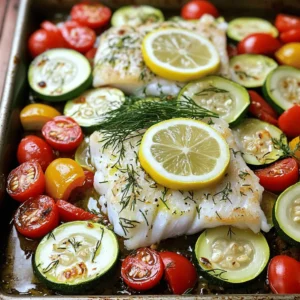


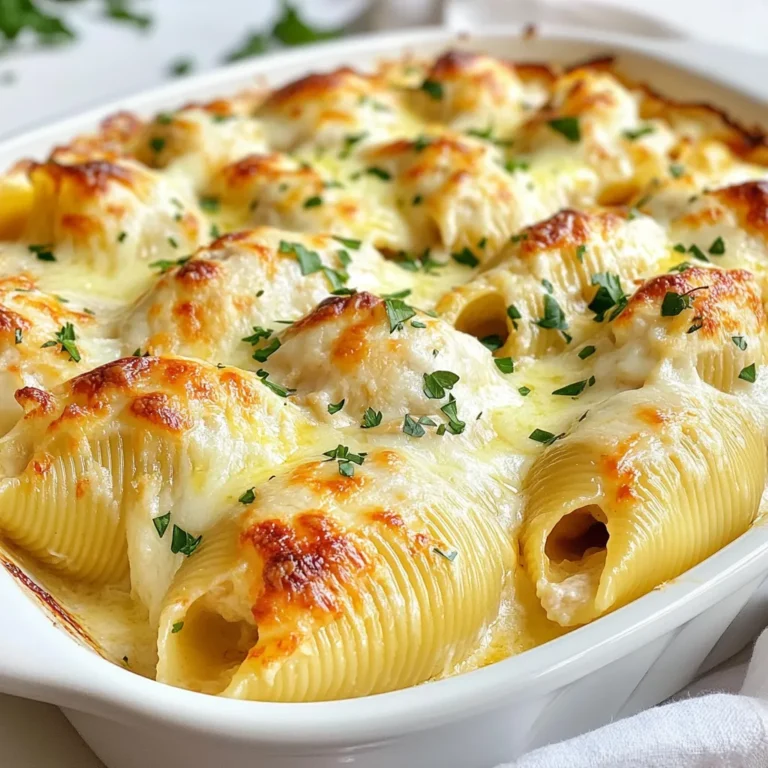
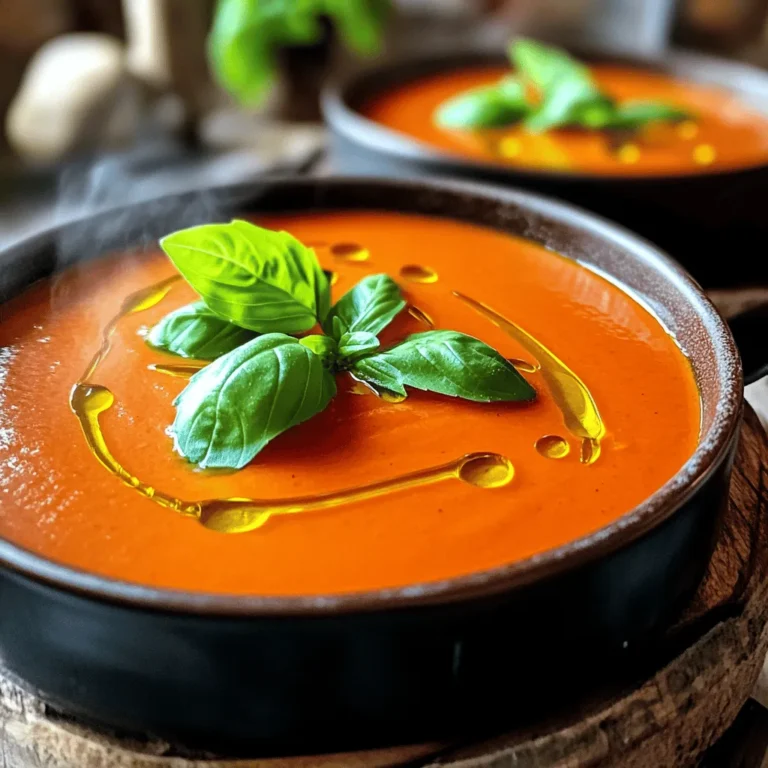
![- 1 lb boneless, skinless chicken breast, thinly sliced - 1 large bell pepper (red or yellow), sliced into strips - 1 cup broccoli florets, cut into bite-sized pieces - 1 cup snap peas, trimmed - 1 medium carrot, julienned - 1/4 cup low-sodium soy sauce - 1 tablespoon honey - 1 tablespoon rice vinegar - 2 tablespoons sesame oil, divided - 3 cloves garlic, finely minced - 1 tablespoon fresh ginger, finely minced - Sesame seeds for garnish - 3 green onions, chopped (white and green parts kept separate) Using these ingredients, you can create a dish that bursts with flavor. Each element adds its own unique taste. The chicken breast serves as a great protein base. Bell peppers and broccoli contribute crunch and color. Snap peas and carrots add sweetness and texture. When you use sesame oil, garlic, and ginger, you create a rich aroma. These cooking essentials infuse the dish with depth. Finally, the sesame seeds and green onions provide a delightful finish. They enhance the dish's look and add a touch of brightness. For the full recipe, check the detailed instructions. Heat a large skillet or wok over medium-high heat. Add 1 tablespoon of sesame oil. When the oil shimmers, add the thinly sliced chicken. Season it with salt and pepper. Cook the chicken for 5-7 minutes. Stir it often until golden brown and fully cooked. Once done, remove the chicken from the skillet and set it aside. In the same skillet, add the second tablespoon of sesame oil. Let it heat up. Then, add the minced ginger and garlic. Sauté these for about 30 seconds. This step helps unlock their amazing flavors. Now, add the sliced bell pepper, broccoli florets, snap peas, and julienned carrot to the skillet. Stir-fry the vegetables for 4-5 minutes. You want them tender but still crisp. This keeps the dish colorful and crunchy. Return the cooked chicken to the skillet with the vegetables. In a separate small bowl, mix the soy sauce, honey, and rice vinegar. Whisk these until they blend well. Pour this sauce evenly over the chicken and veggies in the skillet. Stir everything together gently. Bring the mixture to a simmer over medium heat. This helps combine all the flavors and makes the dish more delicious. Next, slowly add the cornstarch slurry to the stir-fry. Stir constantly as you add it. Cook for 1-2 more minutes until the sauce thickens to your liking. This gives the dish a nice glossy finish. Remove the skillet from the heat. Add the chopped green tops of the green onions. Toss everything gently to combine. Serve the stir-fry on plates. Sprinkle sesame seeds on top for extra crunch. Enjoy this delightful meal! For the full recipe, you can refer to the earlier sections. For the best chicken stir-fry, use boneless, skinless chicken breast. Thinly slice it for quick cooking. This cut stays tender and soaks up flavors well. Heat your skillet over medium-high heat. This helps sear the chicken quickly, locking in moisture. Want to spice things up? Try adding a dash of red pepper flakes for heat. You can also mix in a splash of hoisin sauce for extra sweetness. Serve this stir-fry with jasmine rice or noodles. Both options soak up the sauce nicely. To plate your dish, start with a mound of rice in the center. Arrange the chicken and veggies around it. This creates a beautiful, colorful display. For garnish, sprinkle sesame seeds and chopped green onions on top. This adds a nice crunch and fresh flavor. For the full recipe, click here: [Full Recipe]. {{image_4}} You can easily change the protein in this dish. If you don’t like chicken, try these options: - Pork: Thinly sliced pork loin works well. - Beef: Flank steak adds great flavor. - Tofu: Firm tofu is perfect for a vegetarian option. - Shrimp: Quick-cooking shrimp gives a seafood twist. For vegetarian or vegan options, stick with tofu or tempeh. These protein sources soak up flavors well and add a nice texture. If you use tofu, press it to remove excess water for better frying. You can swap vegetables based on what’s in season or what you like best. Here are some great choices: - Zucchini: Adds a nice crunch and color. - Mushrooms: They bring an earthy flavor. - Asparagus: Great for spring dishes. - Cauliflower: A fun way to add some fiber. Mixing different veggies can also create a more colorful dish. Try to use at least three different kinds for variety. Adjust the sauce to match your taste. If you like it sweeter, add more honey. For a spicier kick, toss in some red pepper flakes. You can also switch vinegars. Here are some options: - Apple cider vinegar: It gives a fruity flavor. - Balsamic vinegar: Adds depth and sweetness. - White vinegar: For a sharper taste. Experimenting with these changes makes the dish your own. Don’t be afraid to try new flavors! For the full recipe, check the original instructions. To store leftovers, let the stir-fry cool down first. Place it in an airtight container. This keeps it fresh for up to three days in the fridge. When you're ready to eat, just take out the portion you want. If you want to freeze the stir-fry, use a freezer-safe bag or container. Remove as much air as possible to prevent freezer burn. You can freeze it for up to three months. Remember, some veggies may lose crunch when thawed, so choose your mix carefully. To reheat, the best method is on the stovetop. Add a splash of water or broth to keep it moist. Heat it over medium until hot. If you prefer the microwave, use a microwave-safe dish. Cover it with a damp paper towel to keep steam in. This helps maintain the texture and flavor. You can make this dish your own by adding personal touches. Try using different vegetables like zucchini or bok choy. You can also swap chicken for shrimp or tofu. Add your favorite nuts for a crunchy texture. Experiment with spicy sauces to kick up the heat. Each change can give you a new dish! Yes, frozen vegetables work well in this stir-fry. They save time and are easy to use. However, keep in mind that they may cook faster than fresh ones. You might need to adjust your cooking time. Aim for 3-4 minutes instead of 4-5 minutes for the veggies to stay crisp. Stir-fry goes great with several side dishes. Serve it with steamed jasmine rice for a classic touch. You can also pair it with brown rice for a healthier option. Noodles, like soba or rice noodles, also work well. Add a simple side salad for freshness and extra crunch. Absolutely! This sesame ginger chicken stir-fry is perfect for meal prep. Cook a big batch and divide it into containers. It stores well in the fridge for up to three days. To reheat, use a microwave or skillet. Just be sure to add a splash of water to keep it moist. To make this dish healthier, try a few simple swaps. Use less oil, or replace it with cooking spray. Choose low-sodium soy sauce to cut down on salt. Add more vegetables to increase fiber and nutrients. You can also cut back on honey for fewer calories. This blog post covered how to make a tasty Sesame Ginger Chicken Stir-Fry. We discussed key ingredients like chicken, fresh veggies, and flavorful sauces. I shared step-by-step cooking instructions, along with tips to enhance flavor and presentation. We also explored variations for dietary needs and the best ways to store leftovers. In summary, stir-fry is easy, fun, and flexible. You can customize it to suit your tastes. Enjoy making this dish your own, and share it with friends and family!](https://dishtreats.com/wp-content/uploads/2025/06/887f9040-7330-4bb7-a0e7-766c5efe9124-768x768.webp)

